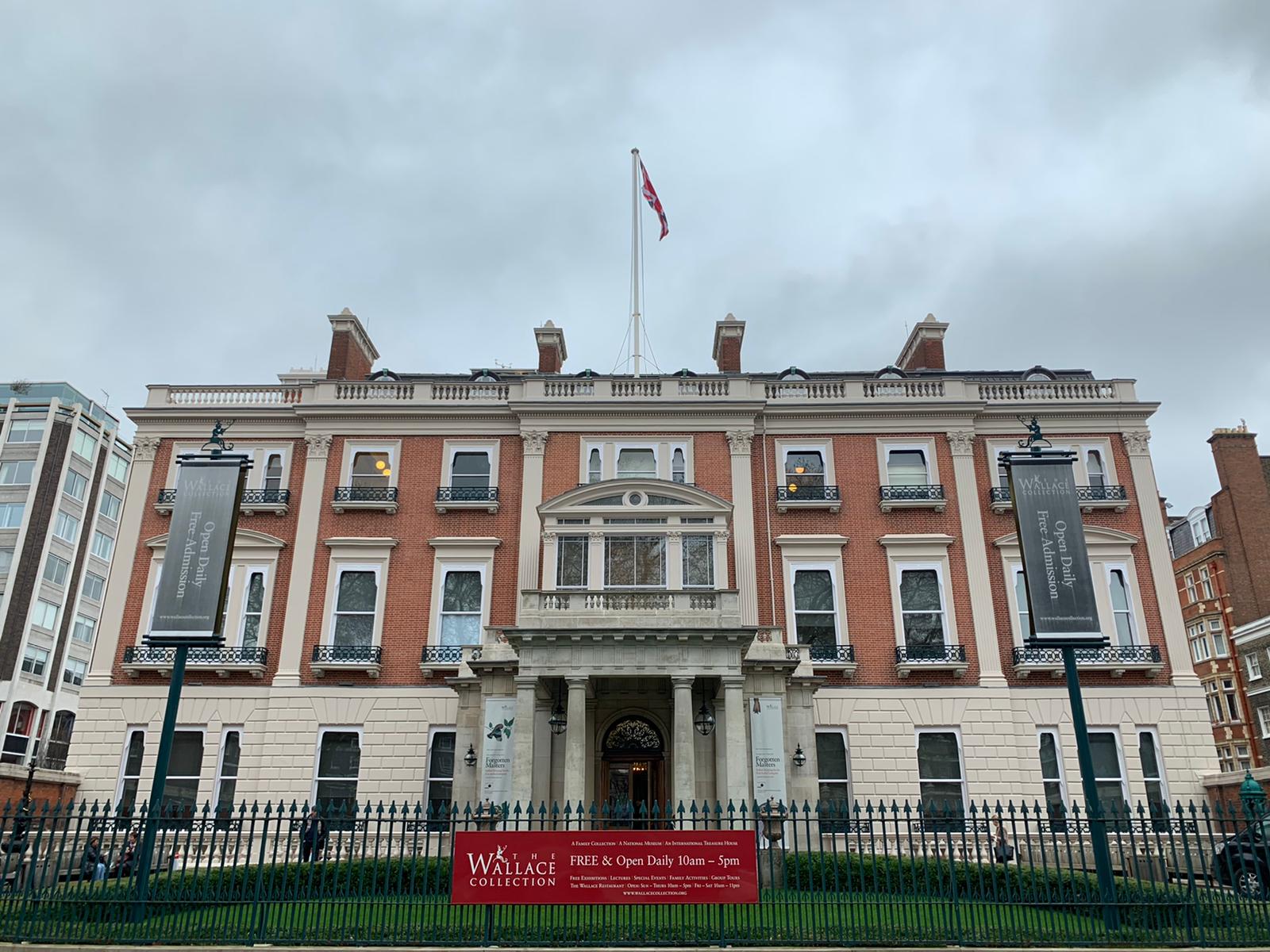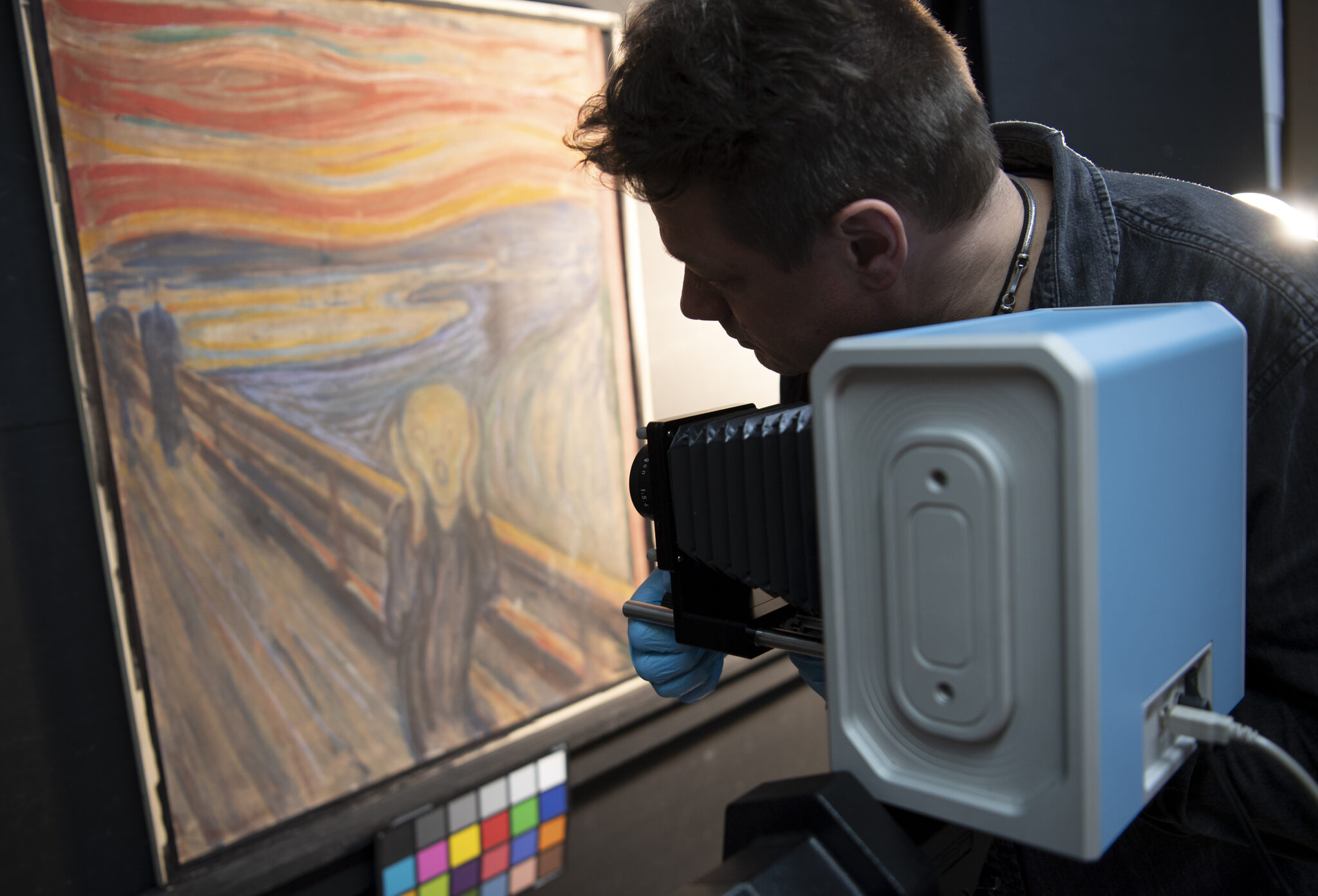
Opus Instruments were kindly invited to sponsor this year’s ‘Tales of the Unexpected’ conference, held at the Wallace Collection in London.
We were warmly welcomed by our friends at BAPCR, and managed to have a peek at the Collection itself. It wasn’t long before the lobby was bustling with over 150 attendees from all over England and Europe who came to network and find out about the works of their peers.
The day commenced with a talk from Hélène Dubois, detailing the painstaking work carried out to restore the Ghent Altarpiece – the world’s first major oil painting and the most stolen artwork of all time to its original state. During the restoration it became apparent that earlier attempts to restore the work had altered the appearance of much of the work, including the Mystic Lamb, which now has its own Twitter account!
Between lectures, we caught up with Opus Instruments camera owners and heard about how they are using IRR to advance their work.
What became prevalent as the talks continued was how technologies such as have shaped and advanced the fields of conservation and restoration; in turn, removing the guess work. By understanding the techniques, tools and materials used throughout the life of a painting, conservationists are now able to restore works, confident that the end result will be sympathetic to the original vision and the materials used in the restoration will allow for the artwork to be enjoyed for years to come.
Rather beautifully, we heard how scientific analysis not only sheds light on the genesis of a painting, but how it opens a window into the minds of restorers from the past. On occasion, the depiction of a figure had been significantly changed to be more palatable to viewers of the time, leaving the current restorer torn between whether to return the work to it’s original state or be sympathetic to more recent ‘edits’.
It was a pleasure to be at the BAPCR conference and learn more about the fascinating stories that occur on a regular basis in the art world, and also have first-hand conversations with conservators that are currently using IRR to advance their work.


Infrared photography at the National Museum of Norway. Photo Annar Bjorgli/The National Musuem.
The Apollo camera has fomented new research in art history and English literature
Ashmolean Museum, Oxford University
